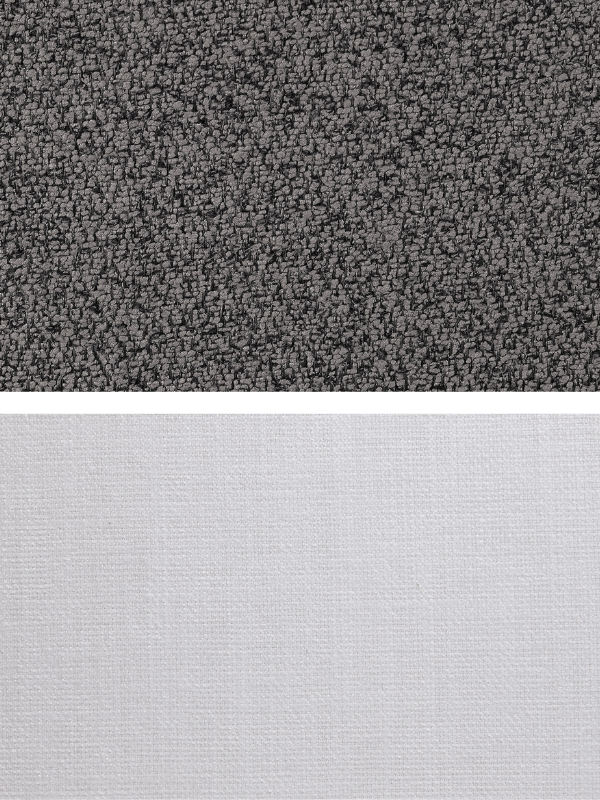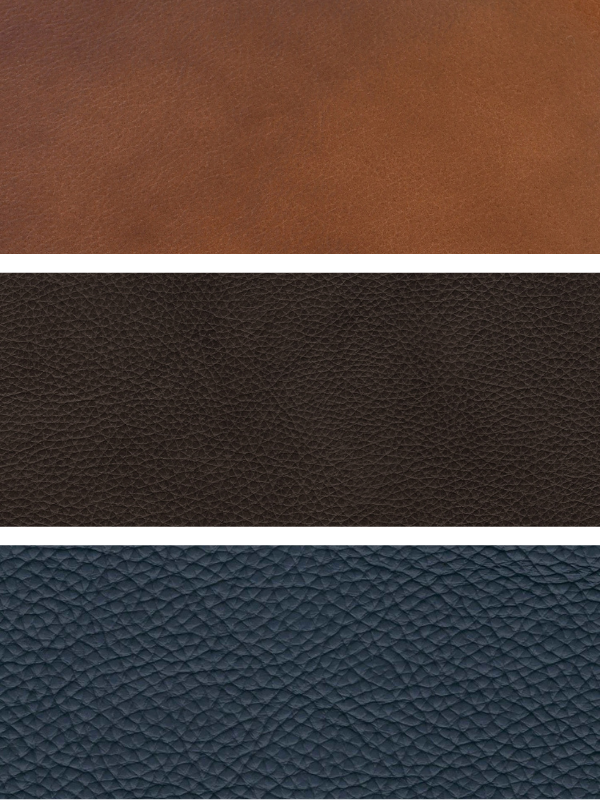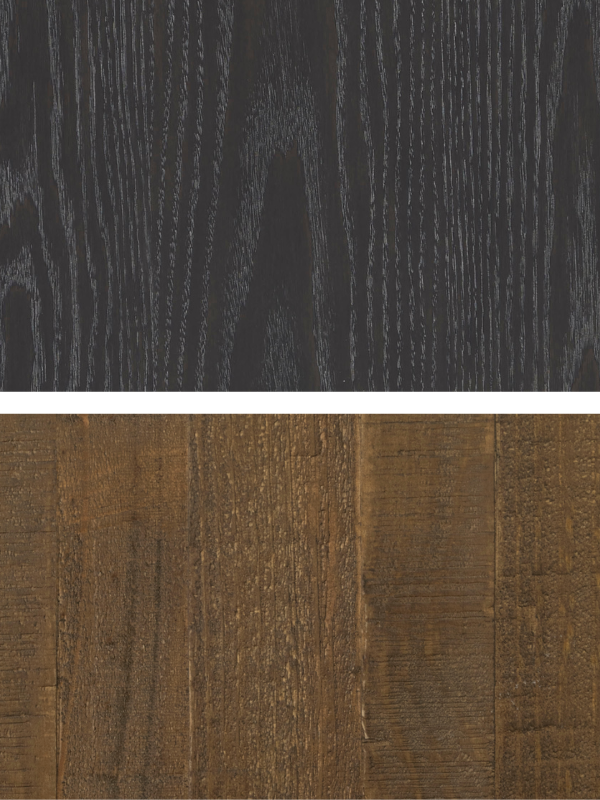Product Care
Furniture lasts longer and performs better when preventive maintenance is practiced. Furniture in daily use is exposed to various elements such as body oils, perspiration, general wear, and color transfer from clothing.
It is important to keep the space in which your furniture is placed adequately humidified. Furniture does best in environments with moderate temperature and humidity. Therefore, your furniture should not sit near heating or air conditioning units or registers. These can remove necessary moisture from your furniture, dry it out, and may cause cracks or splits.
To minimize fading, avoid placing furniture in direct sunlight.

FABRIC
Fabric has natural wrinkles as well as color and texture variations. Fabric should be dusted regularly with a vacuum — avoid using chemical cleaners. Most importantly, remember to never rub a stain on fabric. Always dab it out with a slightly damp cloth.
CLEANING
CLEANING
Be sure to vacuum weekly, so dust and dirt do not settle into the fabric.
CARE TIPS
CARE TIPS
– Avoid cleaners that use harmful chemicals. Many of these are harsh and are not safe for use on upholstery.
– Avoid stubborn stains and protect your upholstery by keeping household chemicals such as detergents, window cleaners, bleaches, nail polish, nail polish remover, glue, shoe polish, and paint away from your furniture.
– When stretched, the upholstery might not completely return to its original shape. Therefore, when fabric is used more intensively, it may become looser over time.
– If pillow cushions are sewn to the frame, any pulling or tugging might result in a tear. Please avoid any leaning, sitting, or reaching over the back of the sofa.
– To keep your cushions looking new, avoid sitting in one area and use seating areas evenly.
– Fabric is not resistant to animal stains. Allowing pets on your upholstered furniture is not recommended. Their claws may scratch the covers, which can lead to an expensive repair. In addition, their saliva is acidic and may also harm the upholstered finish.

LEATHER
Please note that no two pieces of leather are the same; they all have different textures, tones, and backgrounds. There are three main characteristics or “blemishes” of natural leather: scratches, wrinkles, and scars.
SCRATCHES
SCRATCHES
When the texture is smooth to the touch with a slight variation of color to the surrounding area of the dye.
WRINKLES
WRINKLES
When there are natural folds highlighting unique grain patterns and one-of-a-kind upholstered furniture is created.
HEALED SCARS
HEALED SCARS
Scratched and deeper rubs that create organic distinctively authentic character. These marks do not affect durability of the hide.
CLEANING
CLEANING
– Keep your leather fresh and moisturized using leather conditioners and/or wipes every few months.
– Avoid cleaners that use harmful chemical products. Many of these are harsh and not safe for use on leather.
– Avoid stubborn stains and protect your leather by not using household chemicals such as detergents, window cleaners, bleaches, nail polish, nail polish remover, glue, shoe polish, paint, and other corrosive materials.
– Leather is a natural product, and any stress will result in tears. Additionally, when stretched, the leather might not completely return to its original shape. Therefore, when leather is used more intensively, it may become looser over time.
– If pillow cushions are sewn to the frame, any pulling or tugging might result in a tear. Please avoid any leaning, sitting, or reaching over the back of the sofa.
– To keep your cushions looking full and new, avoid sitting in one area and use the seating areas evenly.
– Leather is not resistant to animal stains. Allowing pets on your leather furniture is not recommended. Their claws may scratch the covers, which can lead to an expensive repair. Their saliva is acidic and may also harm the leather.

WOOD
Wood is a natural product. Sun bleaching will occur when wood furniture is exposed to sunlight. This may cause darker finishes to lighten and sometimes cause lighter finishes to darken. For this reason, try to avoid placing furniture in direct sunlight and rearrange accessories from time to time to prevent spot bleaching.
For daily maintenance, use clean and soft cotton rags or cloths to wipe off dust on the surface along the grain. Never use damp rags and never use anything with a hard surface to rub onto the furniture. Always keep the surface clear of any acid or chemical substances.
Furniture made from natural wood may move slightly as temperature and humidity cause the wood to expand and contract. This is normal and should be expected from season to season.
CLEANING
CLEANING
- Absorb the oil: Place a paper towel or clean cloth over the stained area and press down to absorb as much oil as possible.
- Mix dish soap with warm water and gently scrub the stained area with a cloth or soft-bristled brush. You can also use a commercial wood cleaner or a paste made of baking soda and water.
- Rinse and dry: After cleaning, rinse the area with clean water and dry it thoroughly with a clean cloth.
CARE TIPS
CARE TIPS
- Ensure your furniture sits in a level position to ensure the longevity of your piece, as frames tend to warp if standing on an uneven surface.
- Occasionally dust lacquered wood surfaces with a soft, dry cloth and non-wax furniture polish to keep finishes looking their best.
- For best results, follow use instructions for all cleaning products carefully. Do not over apply.
- To prevent moisture damage (like water rings), wipe up spills immediately with a soft, dry, undyed cloth.
- Do not clean using abrasives, harsh, corrosive chemicals, or care products containing ammonia or silicone, as these could damage finishes and surfaces.
- Avoid placing indoor furnishings in direct sunlight or near sources of heat or moisture, as this could cause cracking or changes in finishes.
- When assembling new wood furnishings, avoid overtightening hardware as this could cause cracking.
- Never place hot dishes directly on wood surfaces as this could cause scorching. Similarly, prolonged use of hot electrical equipment may also cause scorching.
- Protect surfaces from incidental marks (like scratching, scorching, and water marks) by using coasters, trivets, felt pads, and non-plastic mats.
- Lift wood furniture when moving. Do not drag, as this could loosen joinery and damage your piece.